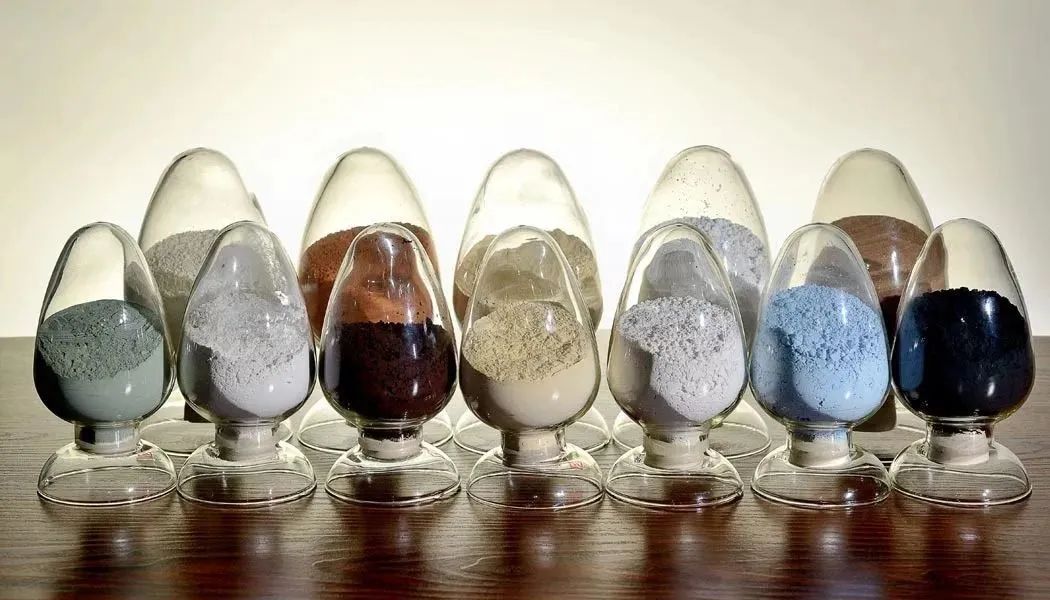
At present, both production and application of nanomaterials have attracted attention from various countries. China’s nanotechnology continues to make progress, and industrial production or trial production has been successfully carried out in nanoscale SiO2, TiO2, Al2O3, ZnO2, Fe2O3 and other powder materials. However, the current production process and high production costs are its fatal weakness, which will affect the widespread application of nanomaterials. Therefore, continuous improvement is necessary.
Due to the special electronic structure and large atomic radius of rare earth elements, their chemical properties are very different from other elements. Therefore, the preparation method and post-treatment technology of rare earth nano oxides are also different from other elements. The main research methods include:
1. Precipitation method: including oxalic acid precipitation, carbonate precipitation, hydroxide precipitation, homogeneous precipitation, complexation precipitation, etc. The biggest feature of this method is that the solution nucleates quickly, is easy to control, the equipment is simple, and can produce high-purity products. But it is difficult to filter and easy to aggregate.
2. Hydrothermal method: Accelerate and strengthen the hydrolysis reaction of ions under high temperature and pressure conditions, and form dispersed nanocrystalline nuclei. This method can obtain nanometer powders with uniform dispersion and narrow particle size distribution, but it requires high temperature and high pressure equipment, which is expensive and unsafe to operate.
3. gel method: It is an important method for preparing inorganic materials, and plays a significant role in inorganic synthesis. At low temperature, organometallic compounds or organic complexes can form sol through polymerization or hydrolysis, and form gel under certain conditions. Further heat treatment can produce ultrafine Rice noodles with larger specific surface and better dispersion. This method can be carried out under mild conditions, resulting in a powder with a larger surface area and better dispersibility. However, the reaction time is long and takes several days to complete, making it difficult to meet the requirements of industrialization.
4. Solid phase method: high-temperature decomposition is carried out through solid compounds or intermediate solid phase reactions. For example, rare earth nitrate and oxalic acid are mixed by solid phase ball milling to form an intermediate of rare earth oxalate, which is then decomposed at high temperature to obtain ultrafine powder. This method has high reaction efficiency, simple equipment, and easy operation, but the resulting powder has irregular morphology and poor uniformity.
These methods are not unique and may not be fully applicable to industrialization. There are also many preparation methods, such as organic microemulsion method, alcoholysis, etc.
For more information pls feel free to contact us
sales@epomaterial.com
Post time: Apr-06-2023